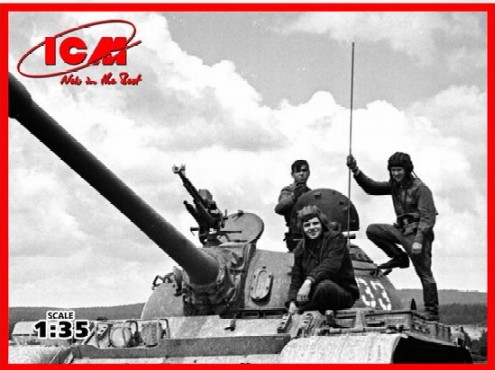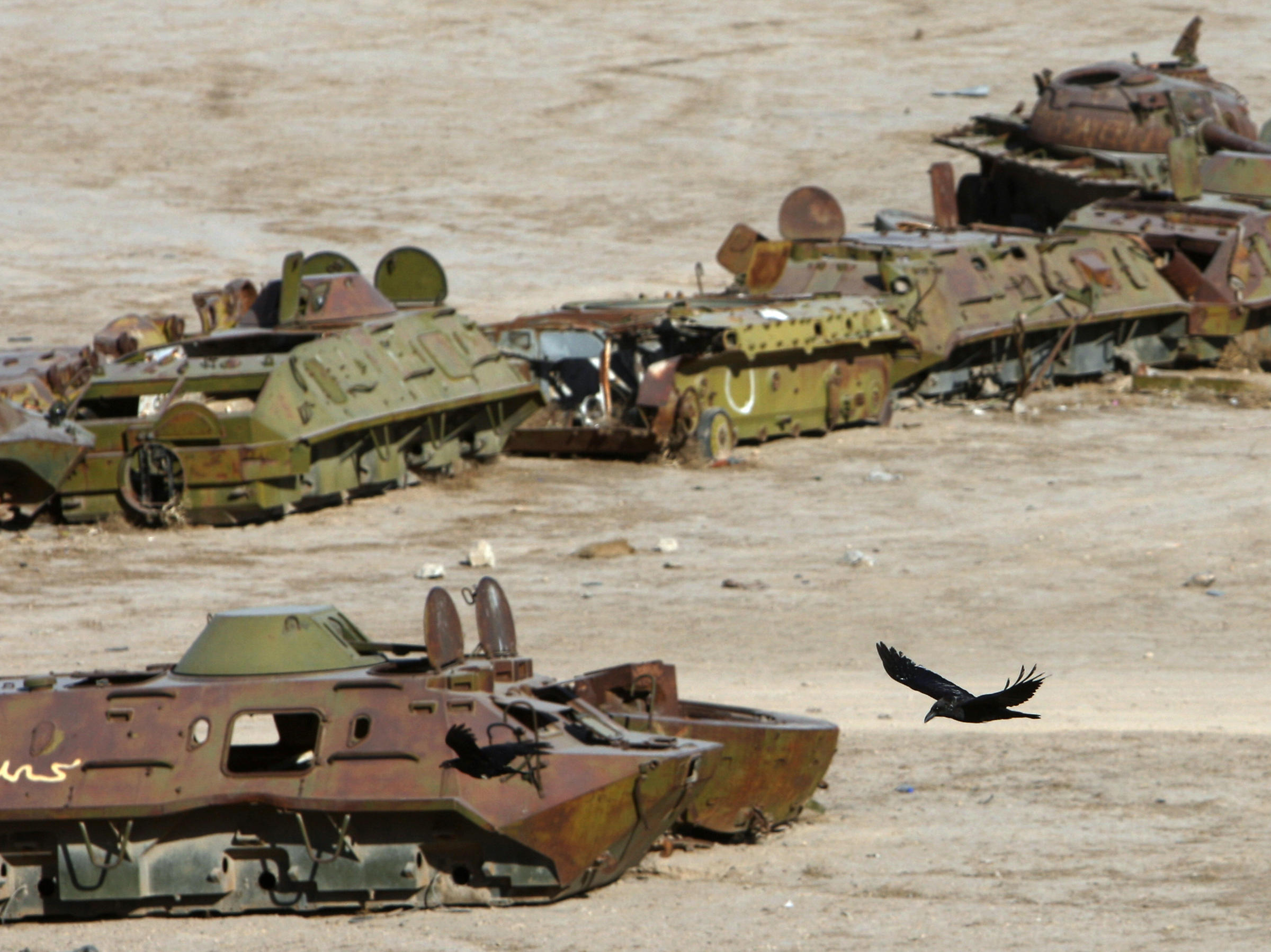

Photo credit: Wikimedia.īut were these dire predictions justified? It’s hard to be sure. or Soviet calculations, the conclusion is that NATO can expect, through 1984, no advantage over the Soviets in quality of armor or antiarmor weapons, and only a modest redressing of its present quantitative disadvantage,†the study concluded. That meant defense against a tank-centric Soviet invasion of Europe would be difficult until the 120-millimeter-armed M1 arrived in the mid-1980s.

But against the T-72, that probability dropped to as low as 22 percent, with even the upcoming M-774 depleted uranium round only having a 50 percent chance to kill a T-72 according to the worst-case models. TOW and Dragon anti-tank missiles and the M-735 tungsten core round for the 105-millimeter cannon had a probability of kill (pK) as high as 77 percent against the front armor of a Soviet T-62 tank. Tests and mathematical modeling by the Army’s Ballistic Research Laboratory estimated that U.S. Nor could salvation be found in the anti-tank guided missiles that had begun entering service in the 1970s. The Army did at least credit the M60 with carrying 60 rounds of main gun ammunition versus 40 for the T-72. The T-72 was also believed to have numerous advanced features that the M60 lacked, including an “ automatic electronic rangefinder, possibly laser rangefinder,†an autoloader to increase rate of fire, a snorkel to cross rivers without needing bridging equipment, and an anti-radiation liner to protect the crew from nuclear weapons.

It assessed the T-72 as superior to the M60A1 by virtue of superior firepower and armor protection.


 0 kommentar(er)
0 kommentar(er)
